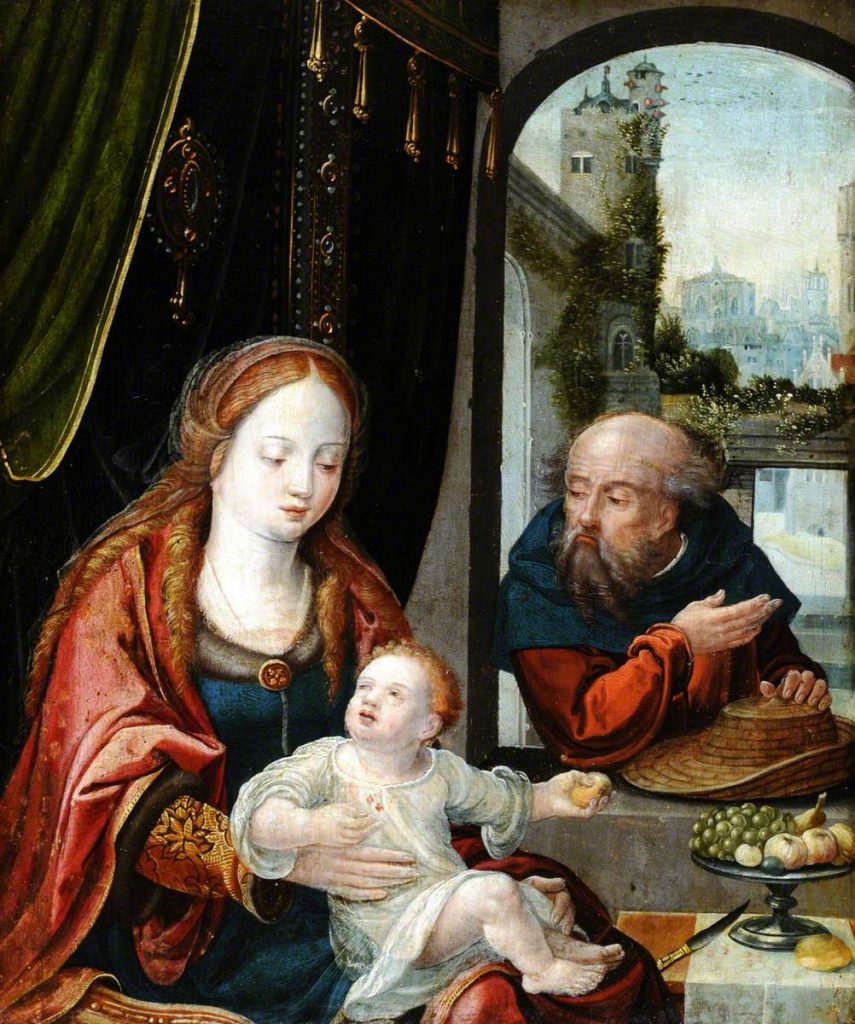On May 1, 2013, Pope Francis made a beautiful declaration of devotion. He decreed that the name of St. Joseph should be inserted into Eucharistic Prayers II, III, and IV.
Since Pope Francis promulgated the decree just a few weeks into his papacy, it’s likely that the development had been “in the works” for years. Indeed, this simple action had a long history. St. Pope John XXIII had added the holy patriarch to the First Eucharistic Prayer in 1962.
The formula the Holy Father provided is simple, beautiful — and striking, for those who are paying attention.
“Have mercy on us all, we pray, that with the Blessed Virgin Mary, Mother of God, with blessed Joseph, her Spouse ... we may merit to be coheirs to eternal life. …”
Note that Joseph is recognized specifically as the spouse of Mary. The prayer does not speak of him as her former spouse, or earthly spouse, or with any other qualifications. He is simply “her spouse.”
With the voice of the Church those prayers are spoken — and they’re true, even though we know also the words of Jesus: “For in the resurrection they neither marry nor are given in marriage, but are like angels in heaven” (Matthew 22:30).
Somehow, this couple — of all the couples in history — remain spouses in heaven. They remain a family, not only in the historical record, but in present fact.
This seems to confirm the claims of visionaries — like the shepherd children of Fátima — who have reported apparitions of the Holy Family. This marriage, for providential purposes, is forever. The household of Nazareth is a fully functional family. They are our family.
This is especially striking because, in the early Church, some Christians rejected the very idea that Mary and Joseph could be truly married. You’ll see this in legendary and apocryphal texts. They’re so anxious to emphasize the bodily celibacy of Mary and Joseph that they avoid spousal language altogether.
The great St. Augustine put an end to such quibbling over titles. Joseph, he said, was not less of a husband and father because of his chastity and continence. He was more. St. Augustine drew upon St. Paul’s counsels for couples who practice abstinence: they do not cease to be spouses when they abstain. Nor, he noted, do fornicators become spouses just because of their physical activity.
Mary and Joseph consented to a spousal “union of hearts,” and in our Eucharistic Prayers we acknowledge that their union is forever. So is their family relation to Jesus. There is nothing second-rate or second-class about the bonds of the Holy Family. And we are privileged to share in their family life, because in baptism we are brothers and sisters of Jesus.
The month of May is traditionally dedicated to the Virgin Mary, but it begins with the feast of St. Joseph the Worker. Thus, they are united even on the calendar.
The month of May is especially blessed this year because the Holy Father has declared 2021 to be the Year of St. Joseph.
The message of this month, this year, is that we are members of the Holy Family — a family founded on the permanent “union of hearts” in Mary and Joseph.

